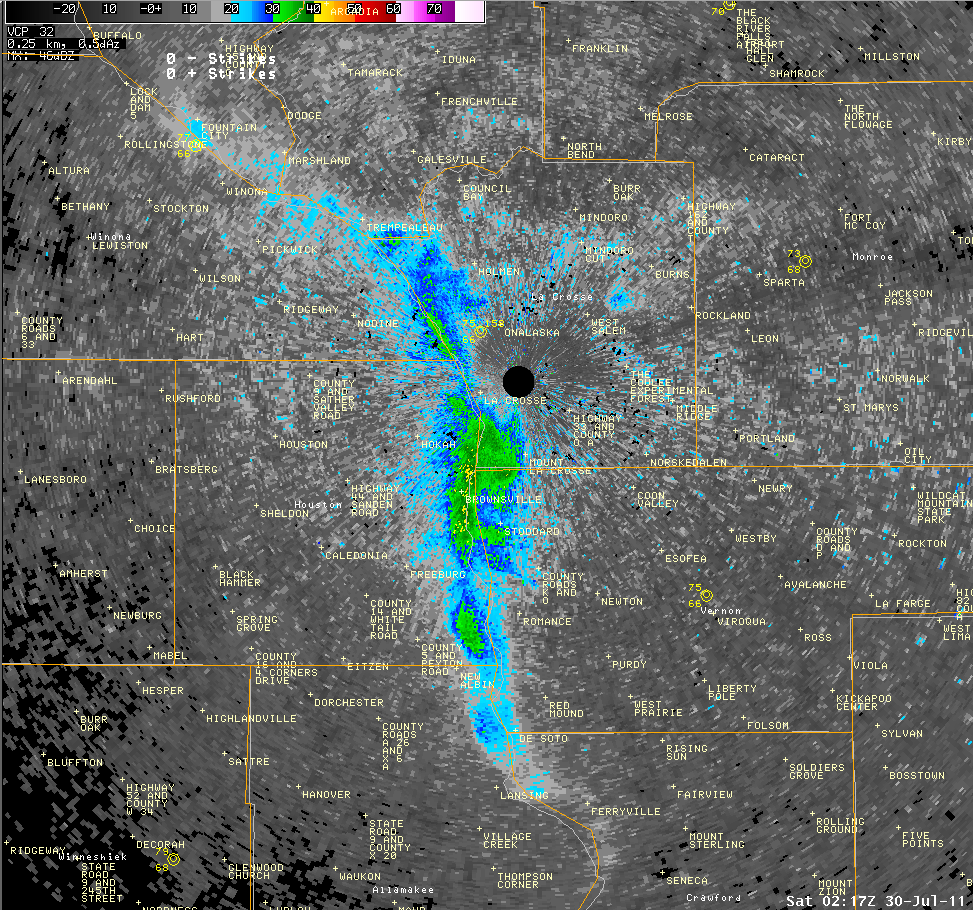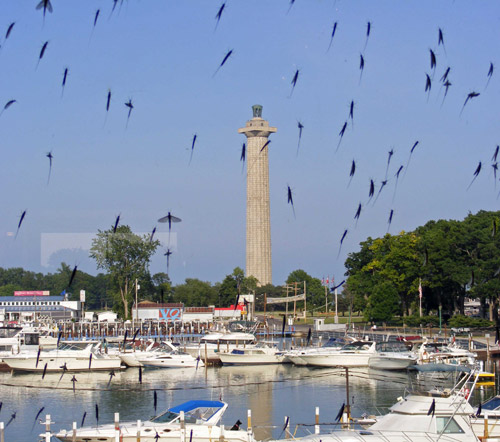
Interactions
Nymphs, which are larvae, are eaten by a wide range of aquatic invertebrates. Invertebrates include stoneflies, caddisflies, alderflies and dragonflies, leeches and beetles (Carde and Resh 2003).
Mayflies are considered an important food organism for fish and are also an important part of the food chain. Fish, birds and invertebrates eat adult and larvae forms. Without mayflies role in the aquatic food chain, other species of fish could die off. Because mayflies are herbivores, they eat numerous forms of plants, which creates an appetizing meal for themselves (Carde and Resh 2003). Further, they then create an appetizing meal for fish, which they are particularly vulnerable to.
Many organisms live on or in mayflies
(Carde and Resh 2003).
Examples include:
-Protozoan parasites
-Nematode parasites
-Trematode parasites
Chironomidae, which are a family of flies with a wide
distribution, are ectoparasites on the mayflies and can cause
sterility (Carde and Resh 2003).
Significance to humans:
A distinguishing characteristic of Mayflies are that they form
massive swarms and are
 attracted
to sources of lights. Adults of mayflies emerge in synchrony and
occasionally become very abundant. It is said that the mating swarms
leave lasting impressions on observers. These swarms can be captured
by The US National Weather Service using a radar. The types of
radars that can track mayfly swarms are able to track the direction
and velocity of distance objects. To the left is an image showing a mayfly hatch along the
Mississippi River. Given La Crosse, Wisconsin's location along the
Mississippi River, it is not rare to catch these hatches on a radar
(Dunn 1996).
attracted
to sources of lights. Adults of mayflies emerge in synchrony and
occasionally become very abundant. It is said that the mating swarms
leave lasting impressions on observers. These swarms can be captured
by The US National Weather Service using a radar. The types of
radars that can track mayfly swarms are able to track the direction
and velocity of distance objects. To the left is an image showing a mayfly hatch along the
Mississippi River. Given La Crosse, Wisconsin's location along the
Mississippi River, it is not rare to catch these hatches on a radar
(Dunn 1996).
The masses of mayfly swarms have resulted in reports of dead
mayflies up to two feet deep in
 some
places, especially in the area of Lake Erie and Lake St. Clair. To
the right is an image of a man blowing off his deck which is covered in
mayflies on Pelee Island, Lake Erie.
some
places, especially in the area of Lake Erie and Lake St. Clair. To
the right is an image of a man blowing off his deck which is covered in
mayflies on Pelee Island, Lake Erie.
Many fly fishermen value mayflies profoundly.
They
believe they are a vital source of food for gamefish.
(Schlager 2004). Fly fisherman have learned to create artificial mayflies in order to
attract fish (Dunn 1996).
Fly fisherman have learned to create artificial mayflies in order to
attract fish (Dunn 1996).
Return to homepage